7 Agriculture Trends to Watch
The Future of Farming: Technology, Data, Drones, & Hemp
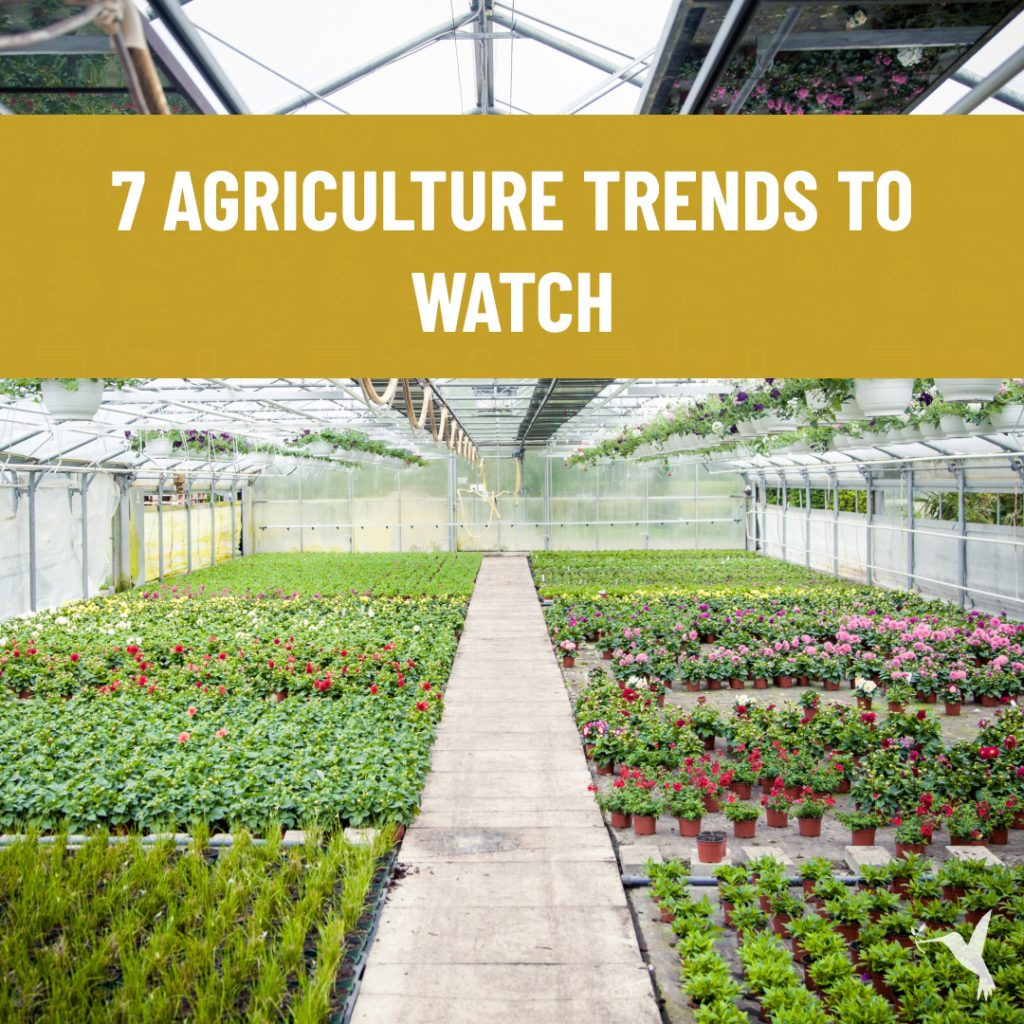
Hot trends aren’t just for fashion. Just like any industry, the agriculture sector is continually evolving and adapting. And even though cultivating food and tending the soil are timeless activities, new trends come and go that affect the way we work with and on the earth.
These are the agriculture trends of 2020 that caught our attention:
1.Technology & Data
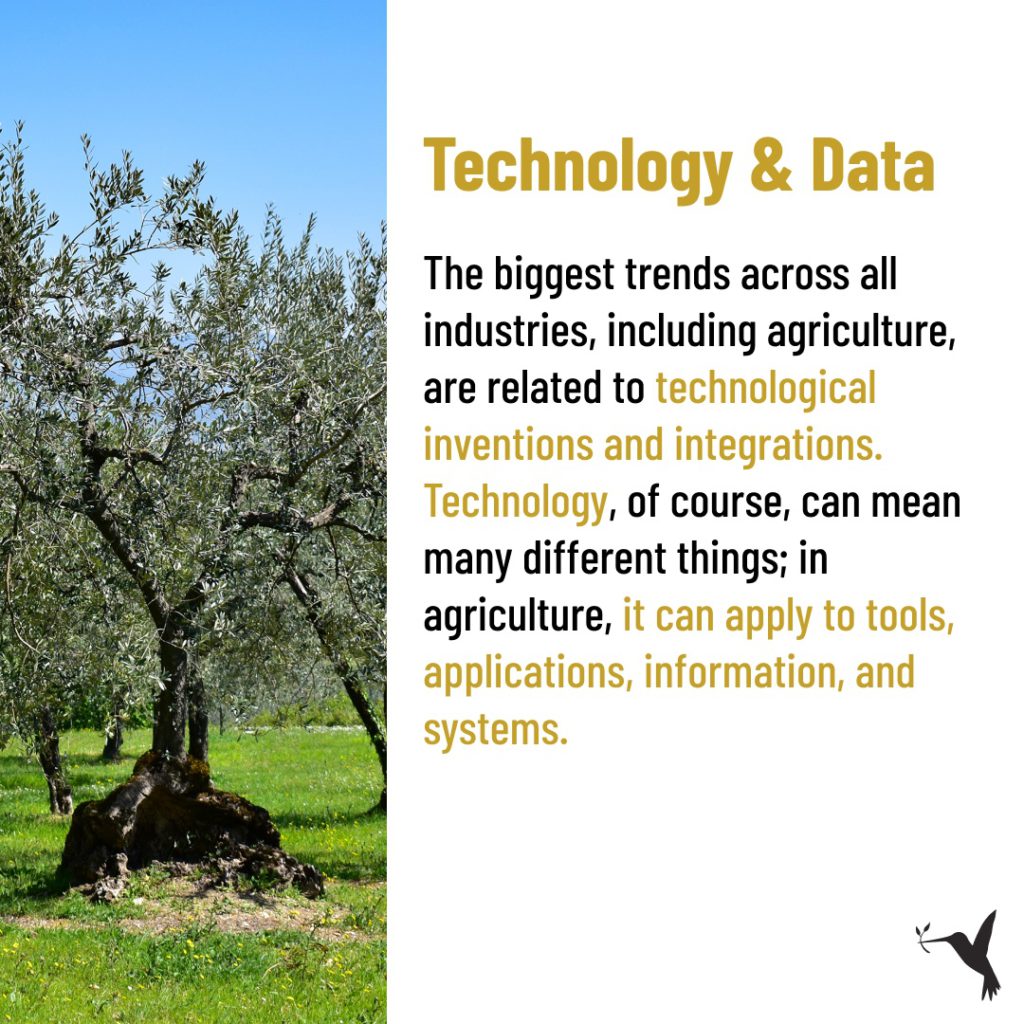
The biggest trends across all industries, including agriculture, are related to technological inventions and integrations. Technology, of course, can mean many different things; in agriculture, it can apply to tools, applications, information, and systems.
One example of helpful technology is the use of agricultural drones. These drones respond well in changing weather conditions, are easy to fly, and provide data that is easy to understand.
This data and information is becoming increasingly crucial for the agriculture sector to improve productivity and sustainability. Information Communication Technology (ICT) increases the effectiveness and efficiency of collecting, storing, analyzing and utilizing data. It allows farming communities to easily obtain up-to-date information for better decision making in day-to-day farming practices.
For instance, increased connectivity and information flow helps farmers make better land management decisions and promotes farmers’ access to markets and financial support. The integration of Global Positioning System (GPS) facilitates field mapping, machinery guidance, and crop scouting.
In addition, mobile technology and portable, wireless devices have led to the creation of innovative services and applications that are used across agricultural supply chains in both developed and developing countries, although the way they are used may look different. In developing countries, where greater percentages of the population work in agriculture, mobile technologies are typically used higher up in the supply chain.
2.Apps
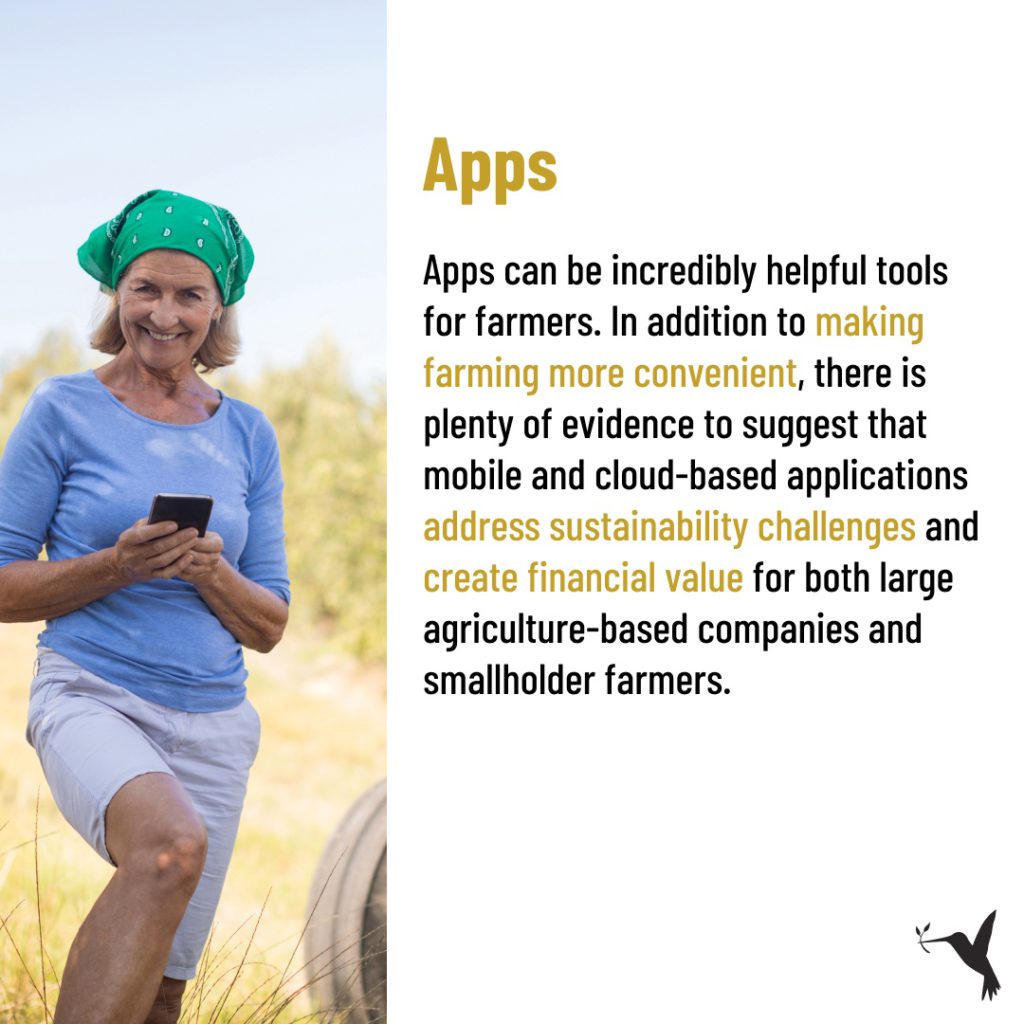
There are literally thousands of apps for farmers and agricultural workers, so many that there are hundreds of articles outlining the best and most useful ones. Apps can be incredibly helpful tools for farmers. In addition to making farming more convenient, there is plenty of evidence to suggest that mobile and cloud-based applications address sustainability challenges and create financial value for both large agriculture-based companies and smallholder farmers.
Some examples of highly-ranked apps are Crop Nutrient Advisor, Crop Records, Machinery Guide, Farmeron, and The Pollination Network. These apps cover everything from analyzing nutrient deficiencies to herd management to building relationships between farmers who need pollinators and beekeepers.
3.Blockchain
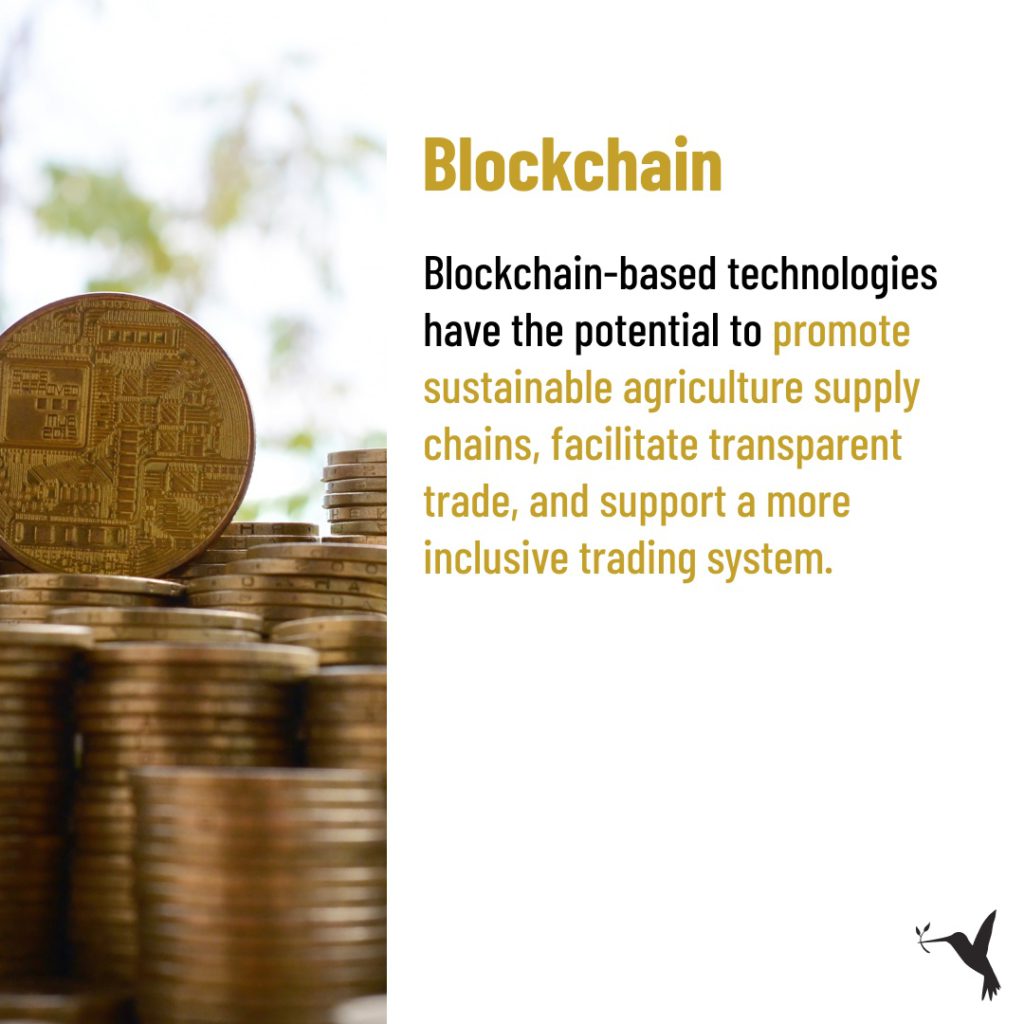
Blockchain is another trend that is gaining momentum in the agriculture sector. Blockchain-based technologies have the potential to promote sustainable agriculture supply chains, facilitate transparent trade, and support a more inclusive trading system. Blockchain can be a powerful engine for economic growth, providing new market opportunities for micro, small and medium-sized enterprises.
Blockchain technology allows peer-to-peer transactions to take place transparently and without the need for an intermediary like a bank (such as for cryptocurrencies) or a middleman (as in the agriculture sector). This eliminates the need for a central authority, changing the way that trust is granted, and restoring trust between producers and consumers.
Blockchain technology reduces transaction costs in the agri-food market and provides transparency for all parties by recording every step in a product’s value chain, from a product’s creation to its death. Blockchain facilitates the collection of reliable data within farming processes, which is highly valuable for developing data-driven solutions to make farming smarter and less vulnerable.
4.Attracting New People
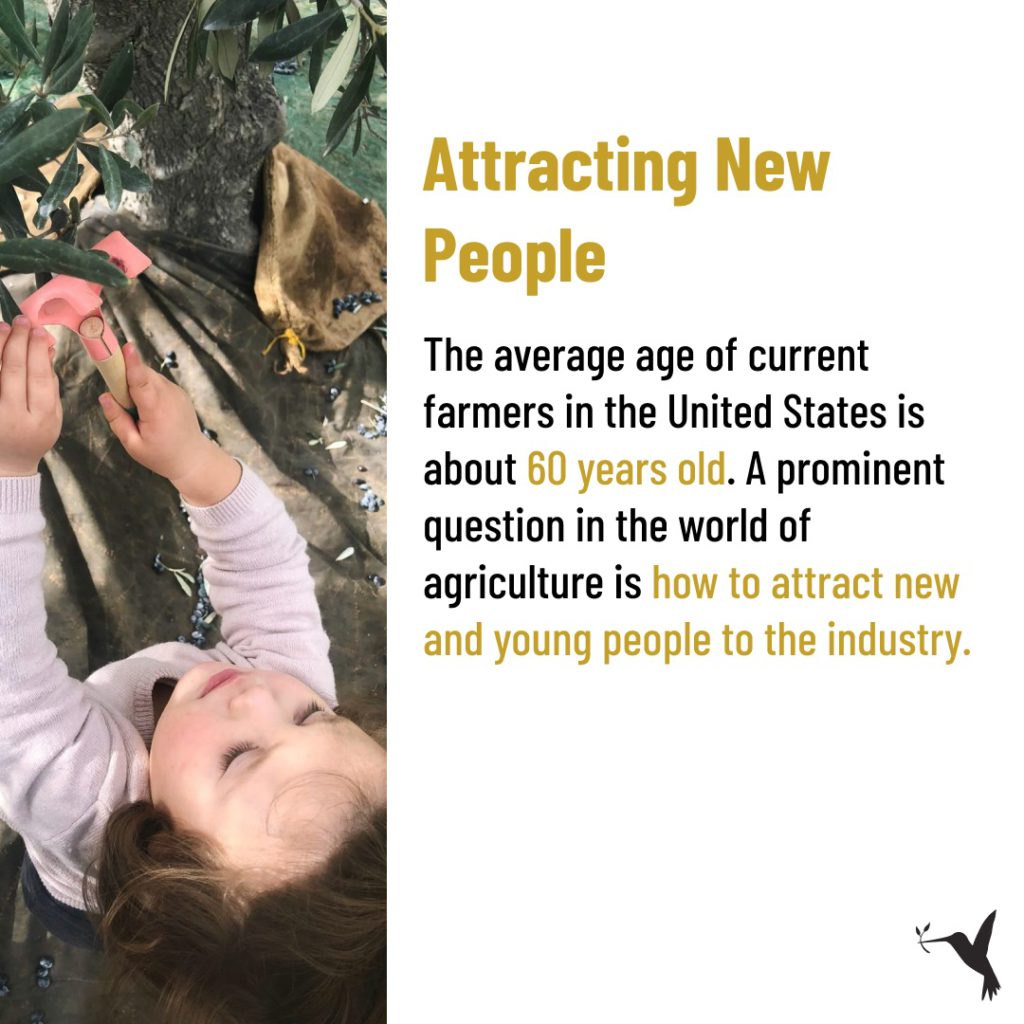
The average age of current farmers in the United States is about 60 years old. A prominent question in the world of agriculture is how to attract new and young people to the industry.
In many developing countries, agriculture is a way of life for large percentages of the population. In developed countries, however, young people are often driven away from farming, or so disconnected from it in the first place that it may not seem like a viable work option.
How can the agriculture industry make farming attractive to a younger generation of farmers? It is essential to help young people discover how rewarding agriculture can be, help them reduce their college debt, and connect older farmers with young people to the mutual benefit of both parties.
5.Social & Business Interaction

Farmers, like any business representative, benefit from connecting directly with their consumers. Websites and social media platforms have made this process much easier. Forty percent of all farmers are on Facebook, and many others use platforms like Twitter and Instagram to connect with local consumers and people around the world. Social media accounts can also help show how farmers serve a vitally important role in a region’s economy and the life of the community. Knowing who’s growing our food makes us feel more connected to the land we inhabit.
6.Increased Income for Small Farmers
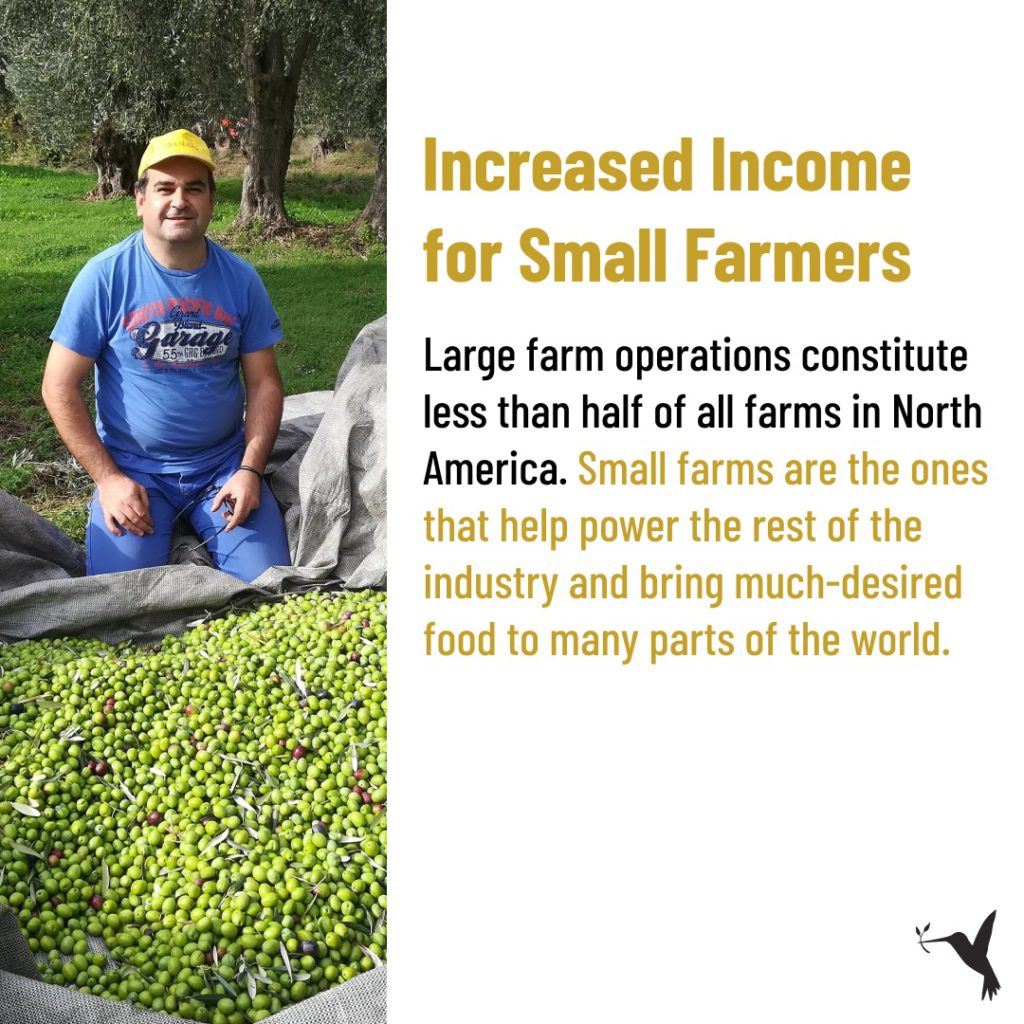
Large farm operations constitute less than half of all farms in North America. Small farms are the ones that help power the rest of the industry and bring much-desired food to many parts of the world. Increased income for these farmers should help them pay their bills, as well as providing additional capital to invest in new equipment.
7.Hemp
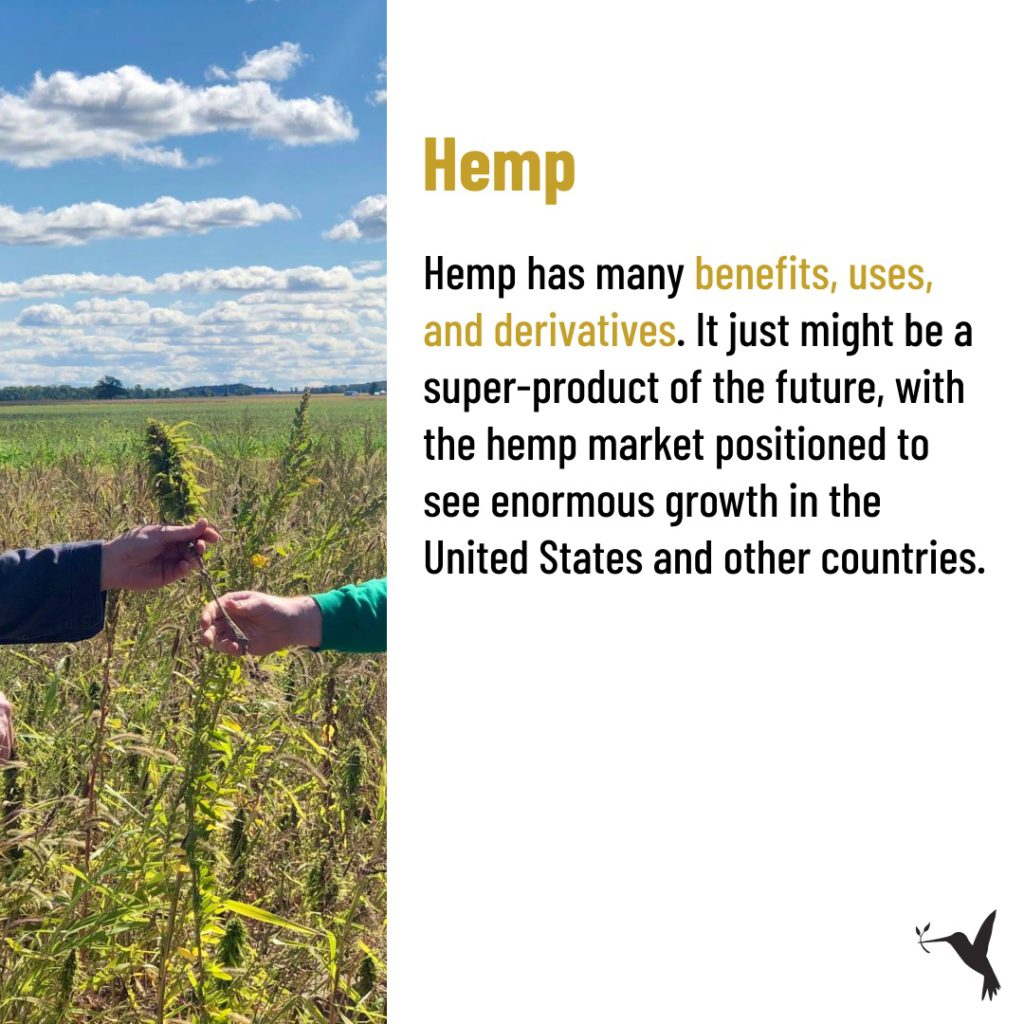
Hemp has many benefits, uses, and derivatives. It just might be a super-product of the future, with the hemp market positioned to see enormous growth in the United States and other countries.
In 2017, the entire market production of hemp in the United States was estimated at $820 million, but as legalities change regarding the cultivation of hemp and the use of its products, the market only stands to expand.
Many farmers are exploring the hemp trend and finding ways to include or replace current cultivars, setting aside specific areas of their farms for cultivation and bringing more hemp to the market.
All industries are subject to ever-evolving trends. Some come and go quickly, while others change the way an industry works forever. While the trends of sun and rain and soil will never fade from the industry of agriculture, others like new crops, technological advances, and changing social networks will continue to evolve.
Stay connected with Producers Market as we continue to learn the newest agriculture trends and collaborate with producers at the top of their field! Sign up for our newsletter here:

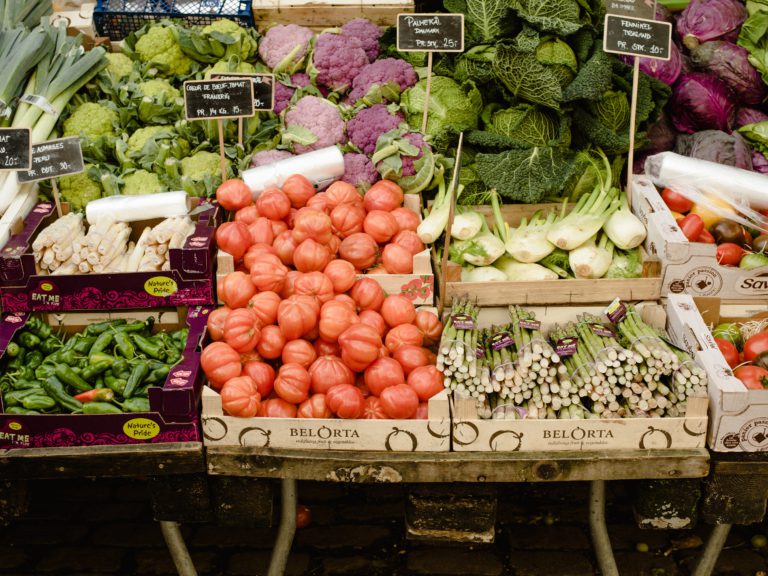


5 comments
How interesting that you talk about the average age of farmers and how it is awesome to have younger farmers. I am starting an agricultural business this year and getting prepared. I will start by finding an agriculture motors service to assist.
The agricultural industry is ever-growing, as new seeds of innovation are continually being sown. There are numerous reasons why it is so important for the world of agriculture to keep ahead of the times – from increased global food consumption to the climate crisis.
Top trends in agriculture industry.
1. Artificial Intelligence
2. Bioengineering
3. Water Management
4. Regenerative Agriculture
5. Internet of Things
6. Precise Nitrogen Applications
7. Drones
That was really a great Article. Thanks for sharing information. Wish to see much more like this.
Thank you for your comment. We’re glad you enjoyed it! Please feel free to share and check back for more similar content.
Thank you for sharing this valuable information. I really enjoyed reading your post and gained some new insights on [topic]. Looking forward to more informative content from you.